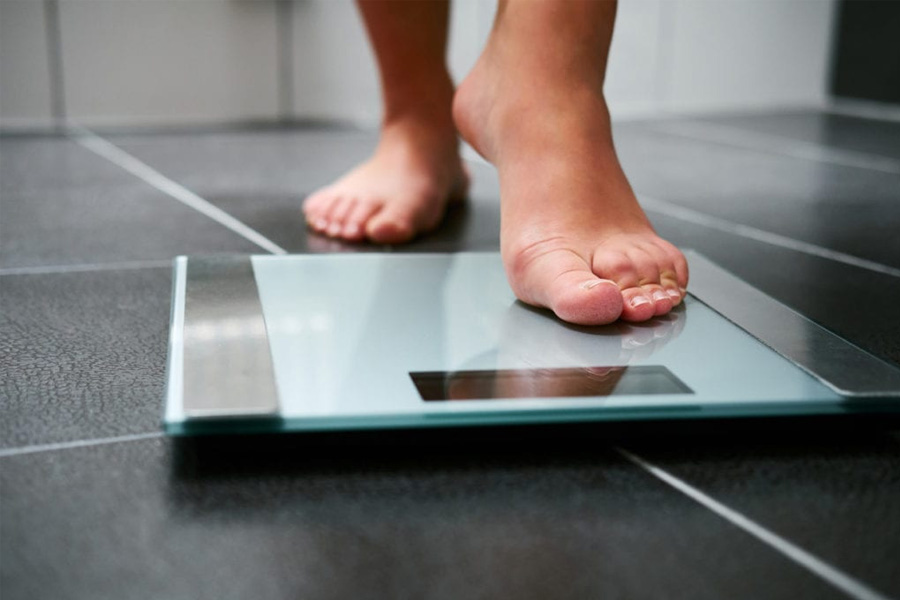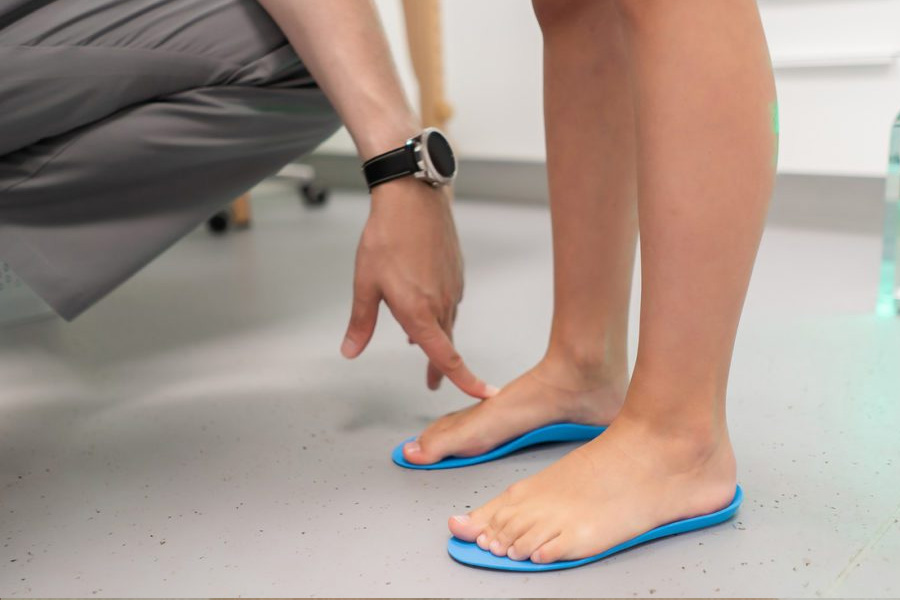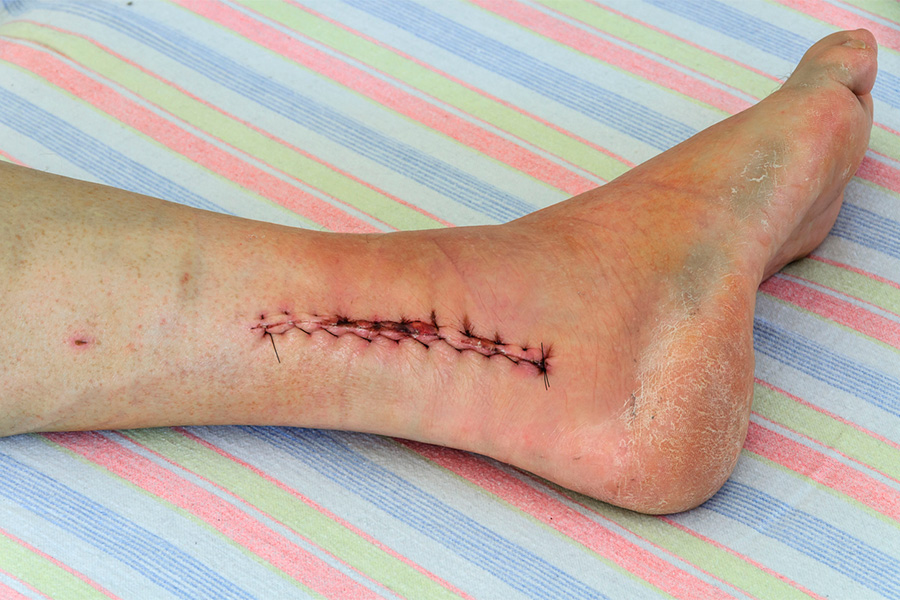Many people take their feet for granted – that is, until they have a problem. And so many conditions that affect the feet can be quite painful. With so many possible foot afflictions, one of the most common way the body protects itself is through the formation of protective corns, callouses, and bunions. These also happen to be among the most common foot problems people have.
Corns
Corns are thick, hardened layers of skin that develop as the result of friction and pressure. Corns can be unsightly and form on the feet or toes, and on the hands as well. Anything that results in repeated friction can lead to the formation of a corn.
For most people, merely eliminating the condition that caused the corn should allow the corn to go away on its own. However, if you have diabetes, you’ll want to alert your foot or ankle doctor as soon as possible. Diabetics must take special precautions with anything that affects their legs and feet, due to problems with sensation and healing of the limbs.
Corns are usually small, from a quarter-inch to a half-inch in diameter and have a hard nodule-like center, surrounded by softer, more normal-appearing skin. Corns usually develop on the tops and sides of toes when ill-fitting shoes rub the toes.
Callouses
Callouses are another way that the feet protect against friction and pressure. Callouses normally form on the underside of the foot, particularly at the ball and/or heel of the foot. Varying wildly in size and shape, callouses are usually removed with a pumice stone and switching to comfortable footwear.
If a callous develops that is very thick, it can make walking painful because the skin that should act as padding when walking has hardened to the density of concrete, making every step feel like your bone is making direct contact with hard ground.
Bunions
Bunions are the most serious of these foot conditions. Also called hallux valgus, a bunion is a large and painful bony bump that develops on the inside of the foot at the joint where the big toe meets the foot. It worsens over time and is exacerbated by shoes that are too tight and force the big toe inward toward the second toe. The deformity becomes more pronounced over time. What may start as a small lump, can eventually cause a serious deformity of the foot.
Bunions affect women far more frequently than men, as they squeeze into narrow, pointed shoes that are often too small and tight.
Often, changes in footwear and wearing special socks and bunion pads will be required to walk without pain. Once a bunion has formed, there is nothing that can reverse the structural damage without surgery. It is then a matter addressing your symptoms – such as wearing wider shoes to accommodate the size of the bump, or bunion pads to cushion it.
There are several approaches to bunion surgery, but all are done on an outpatient basis, the time for healing can take quite a long time, depending on the amount of correction the foot requires.
If you have any type of growth on your foot or feet, or if walking has become painful, contact Cincinnati Foot & Ankle Care
by calling one of their 18 convenient locations throughout Cincinnati or request an appointment online and take the first step toward pain-free walking.





